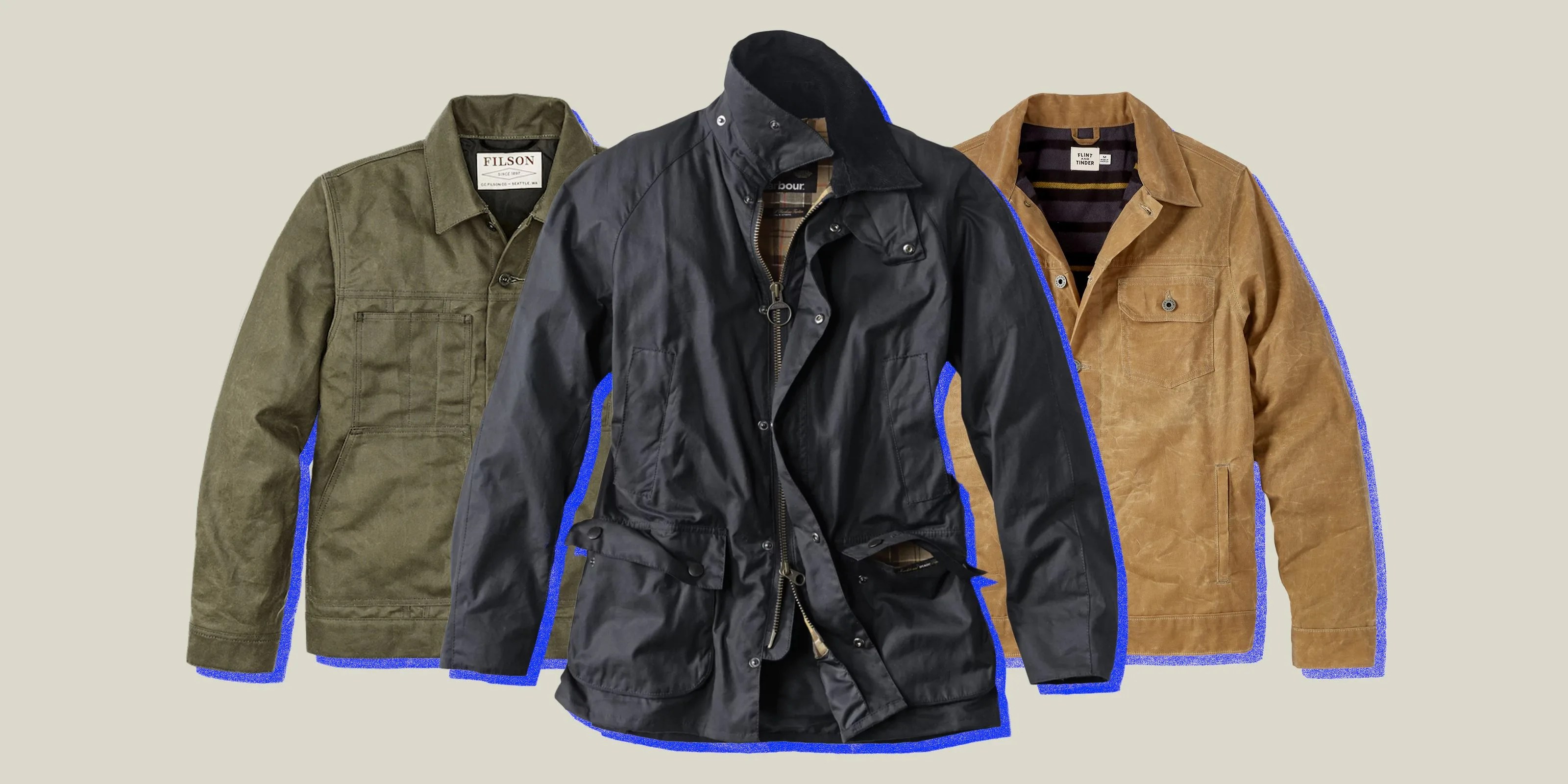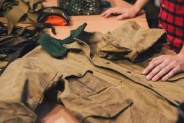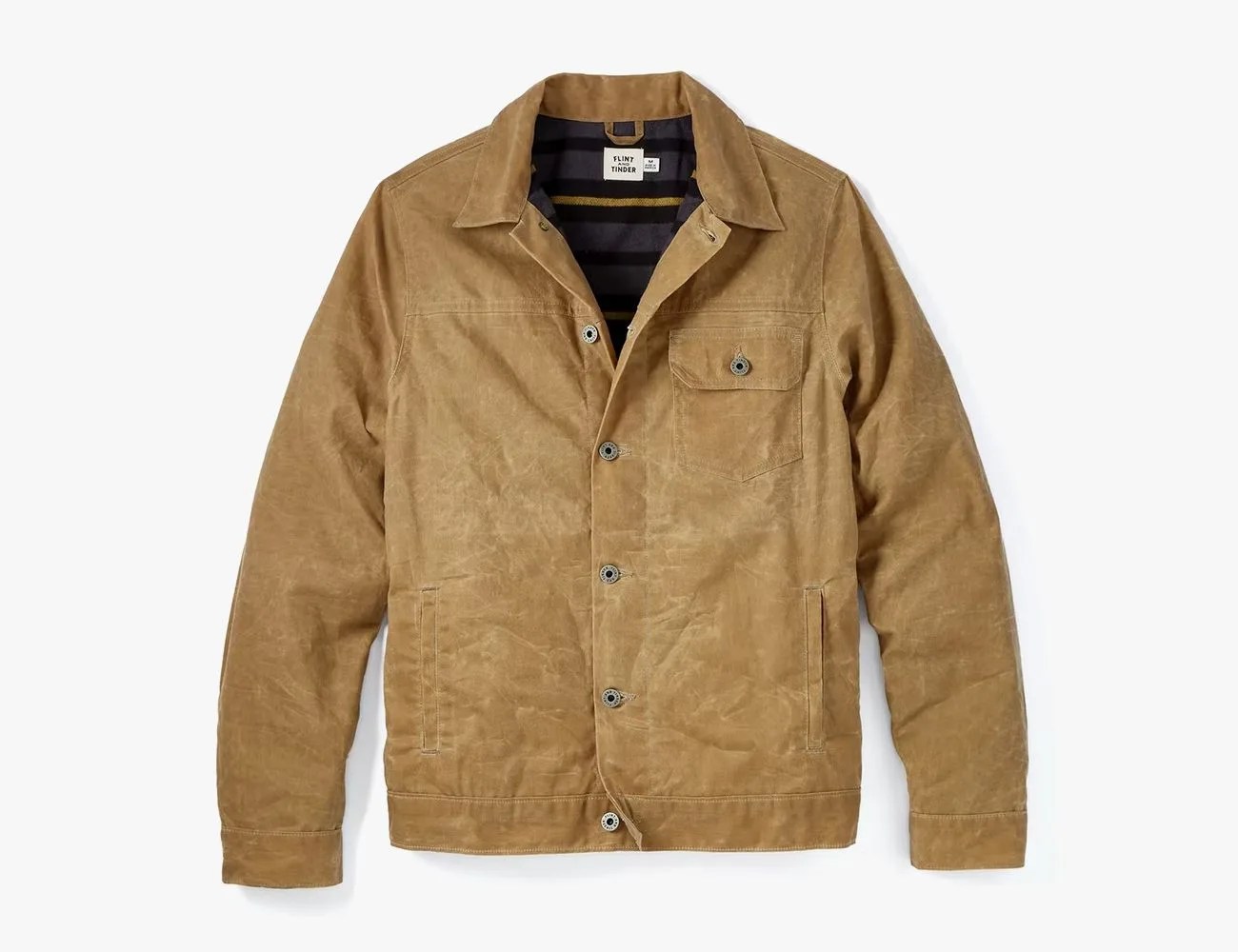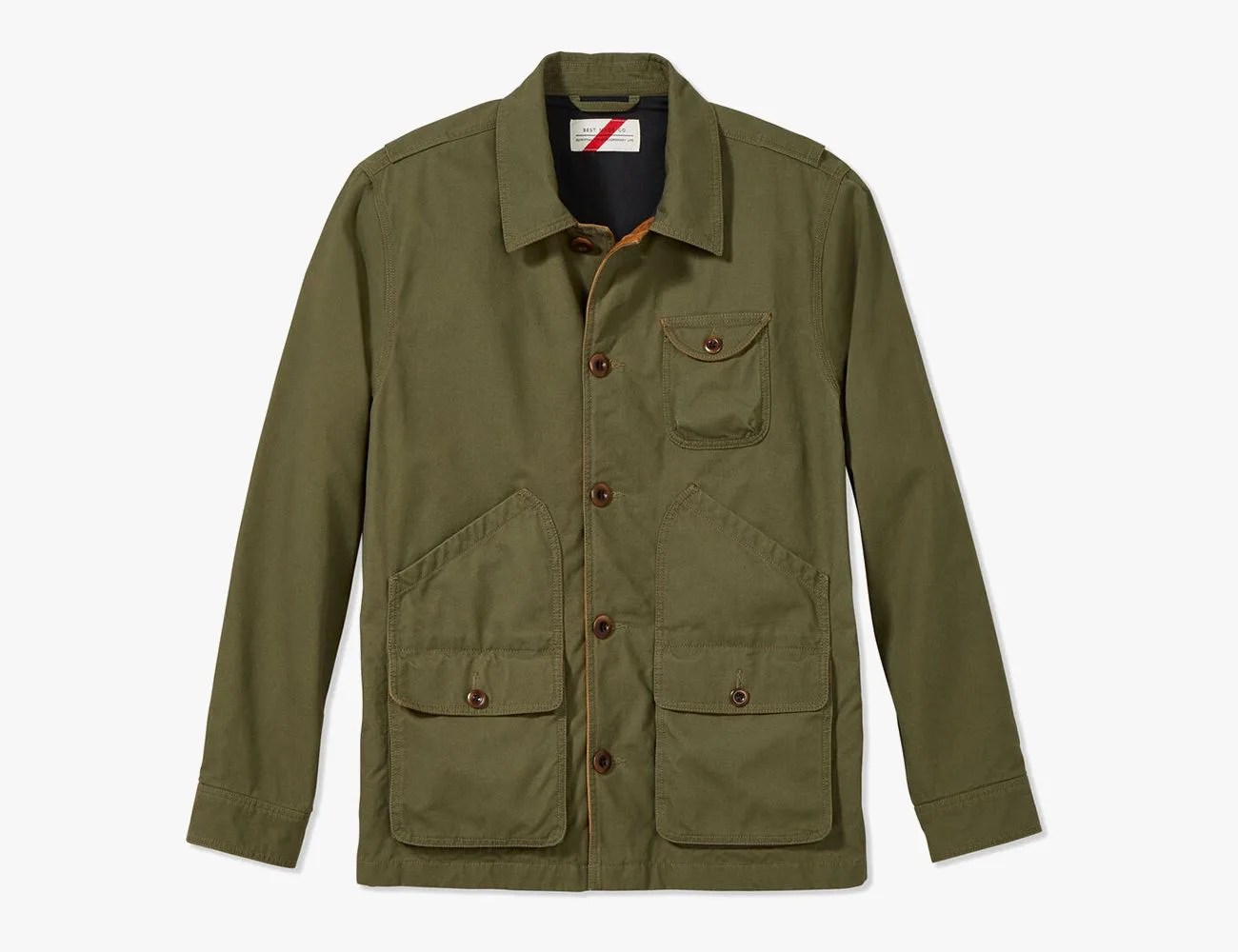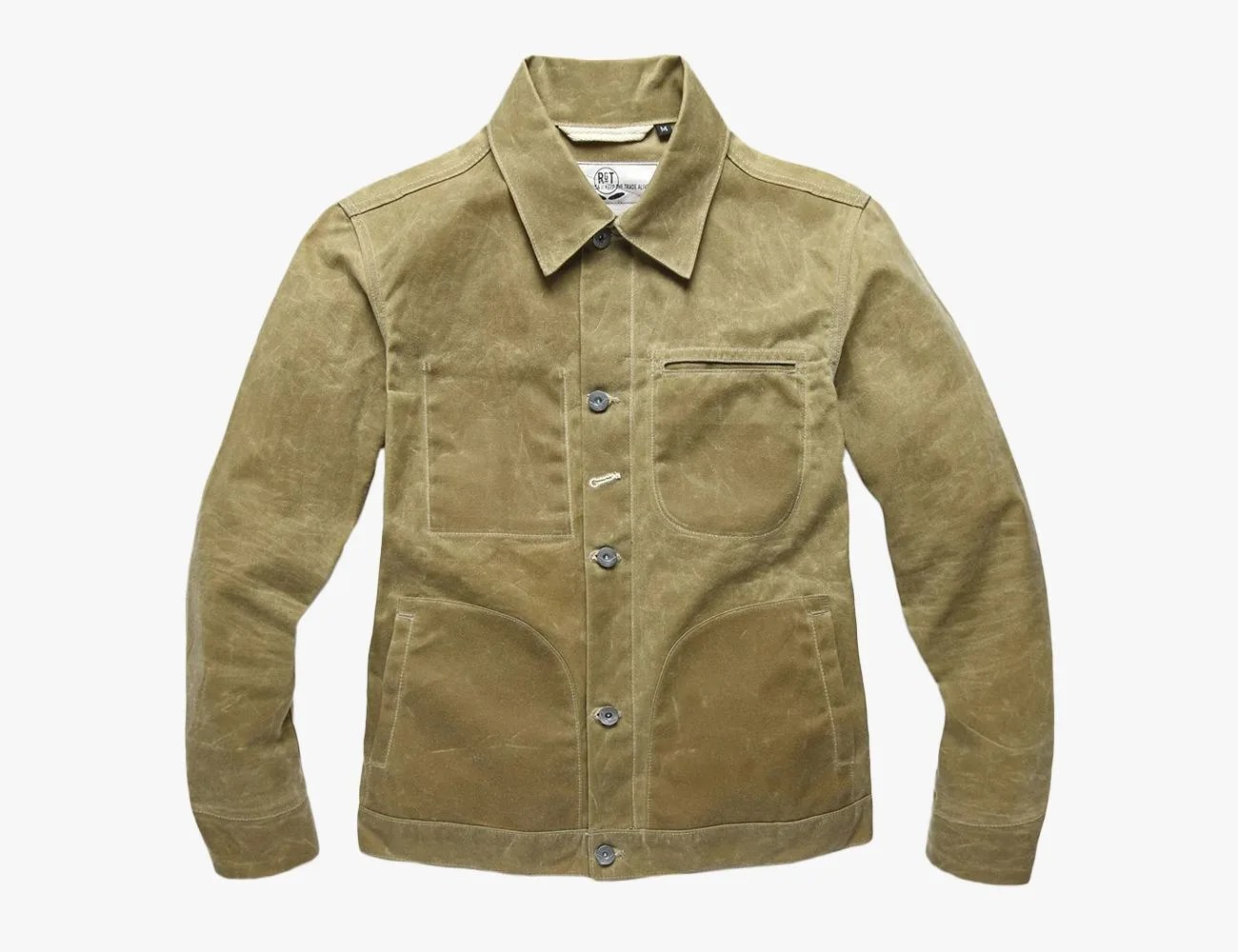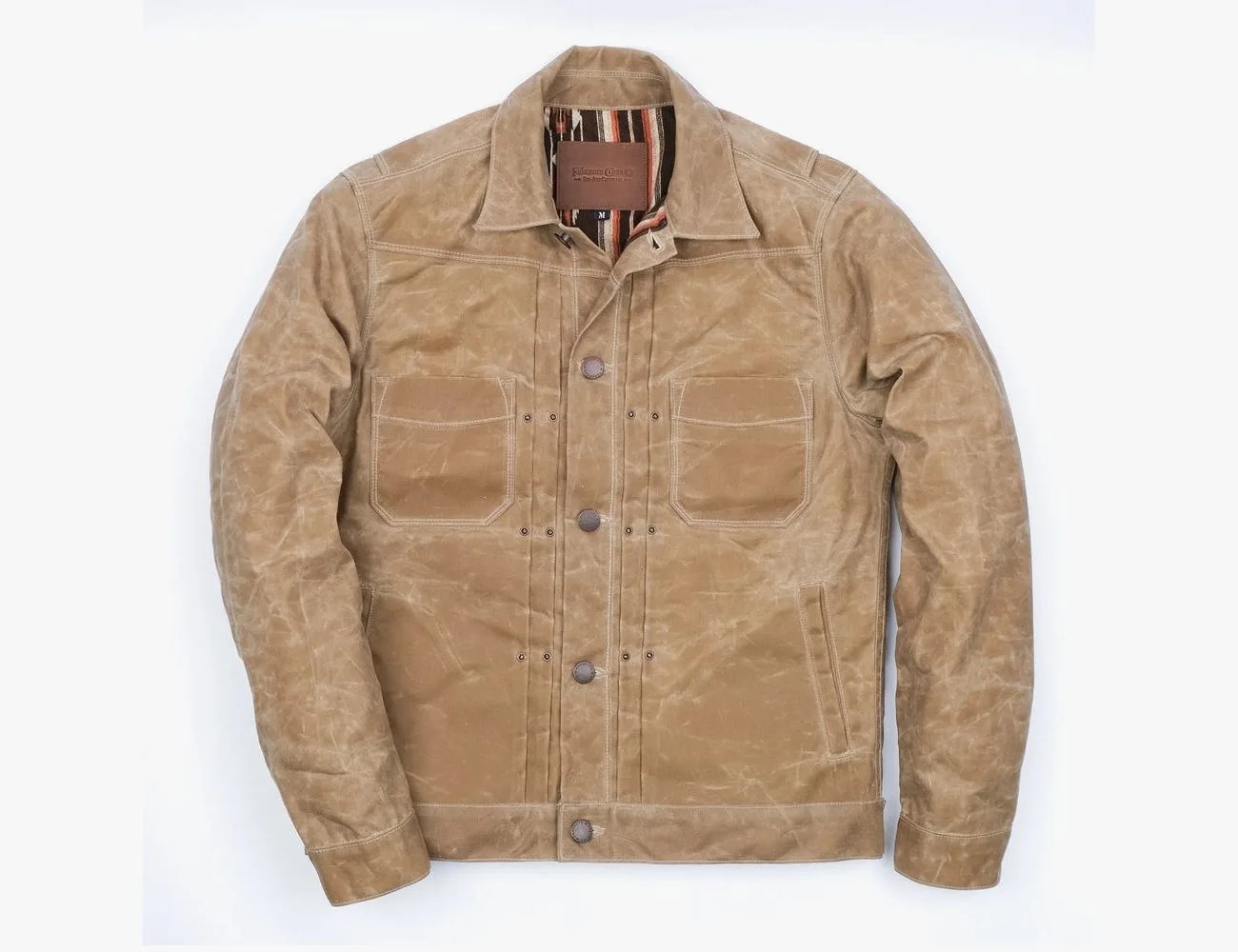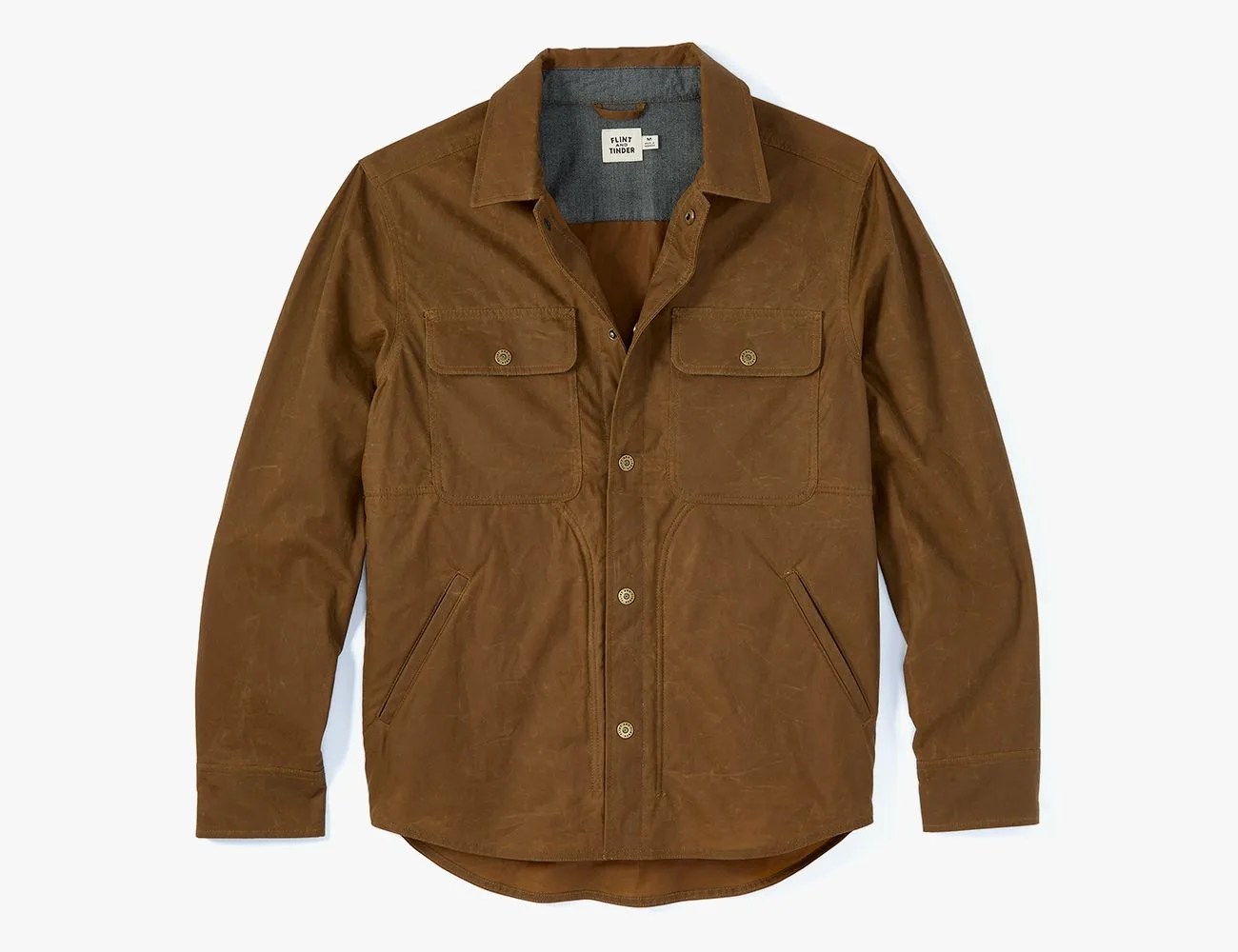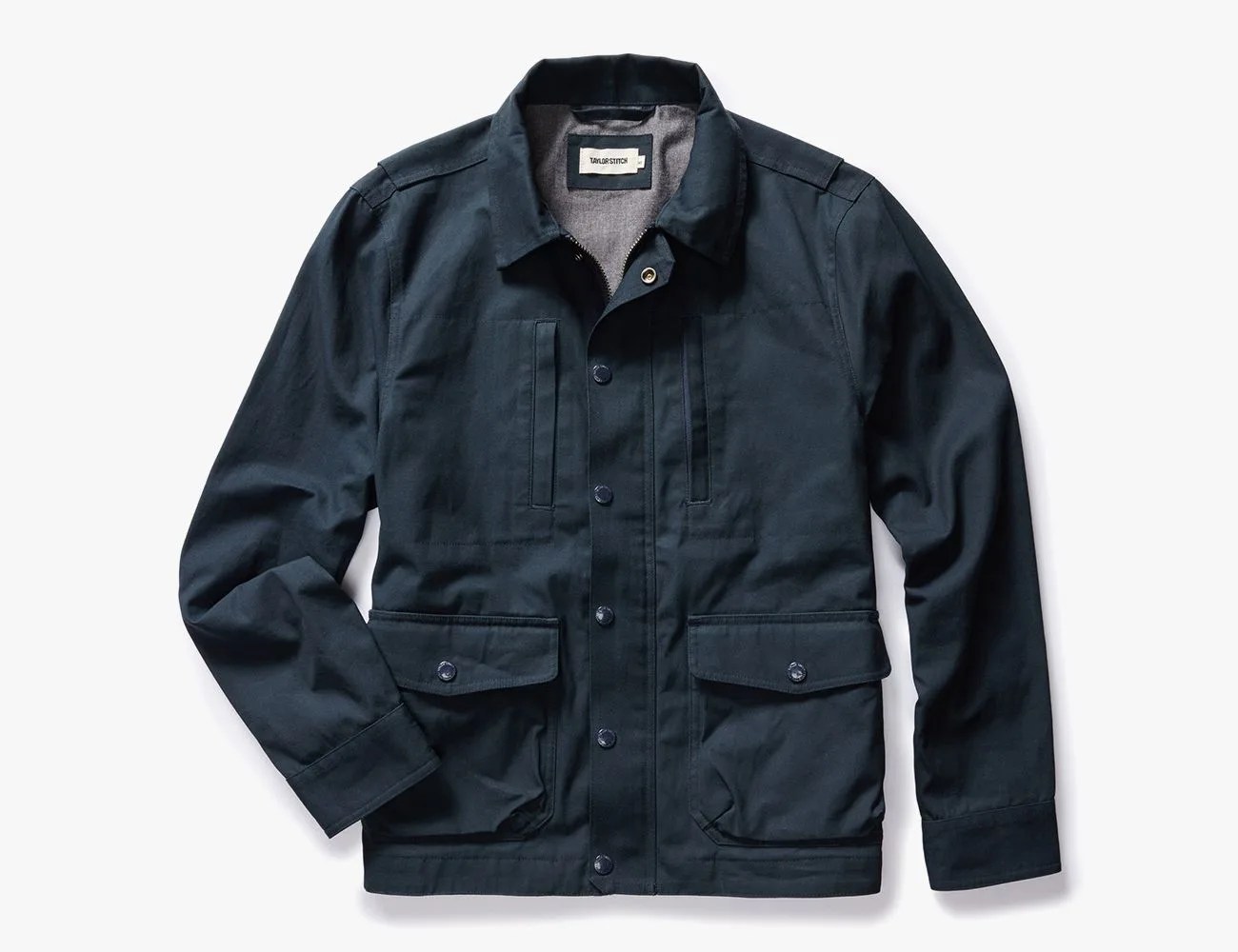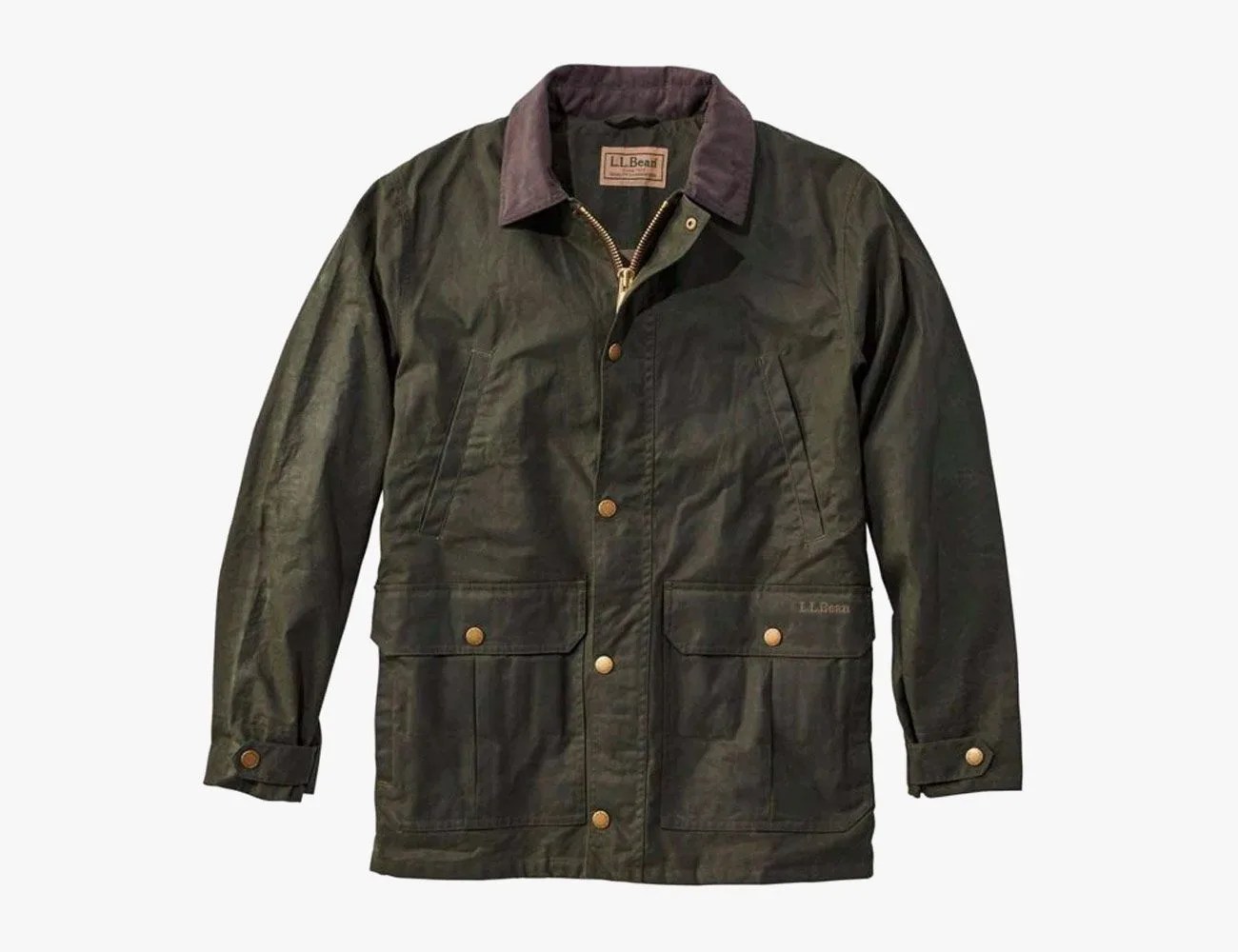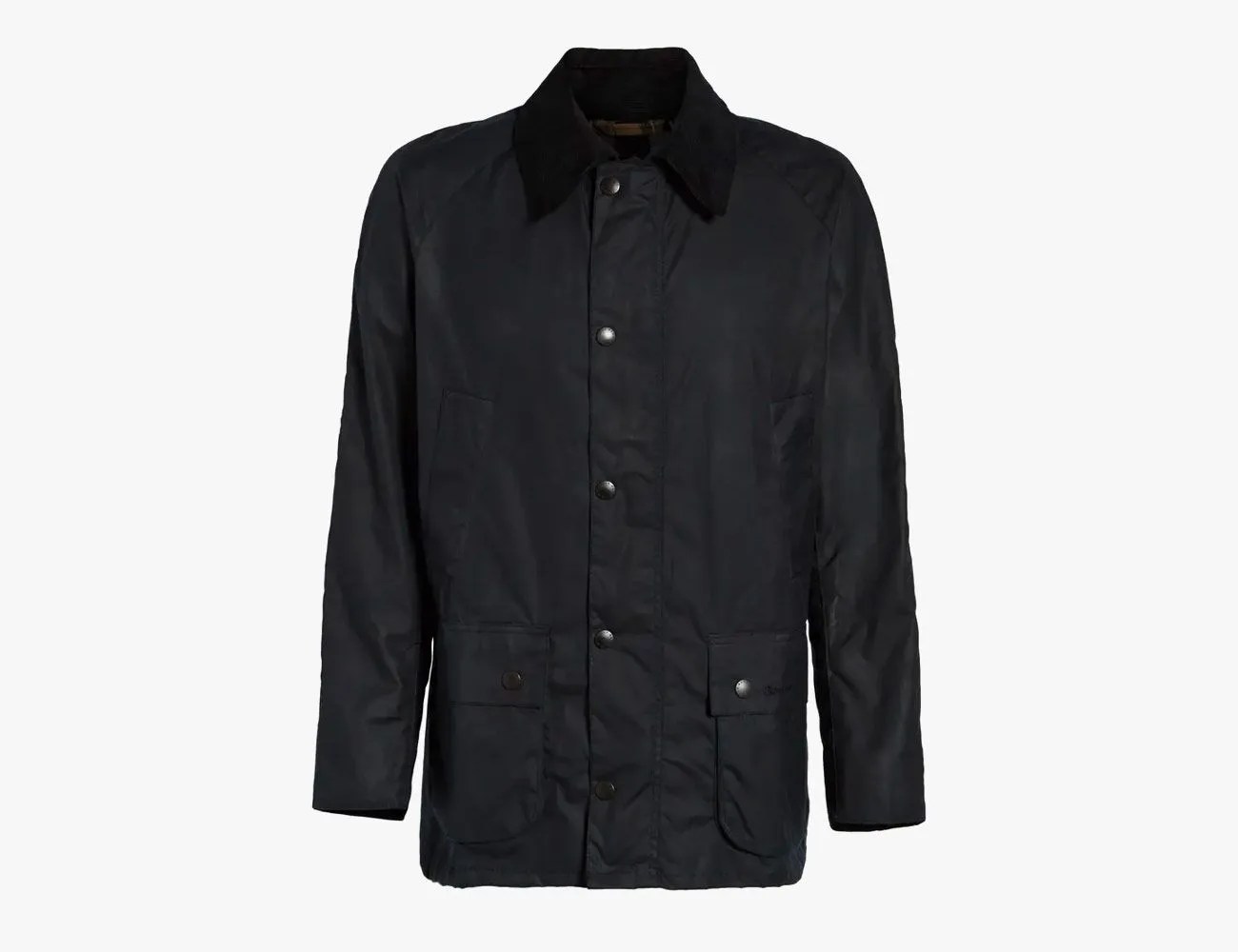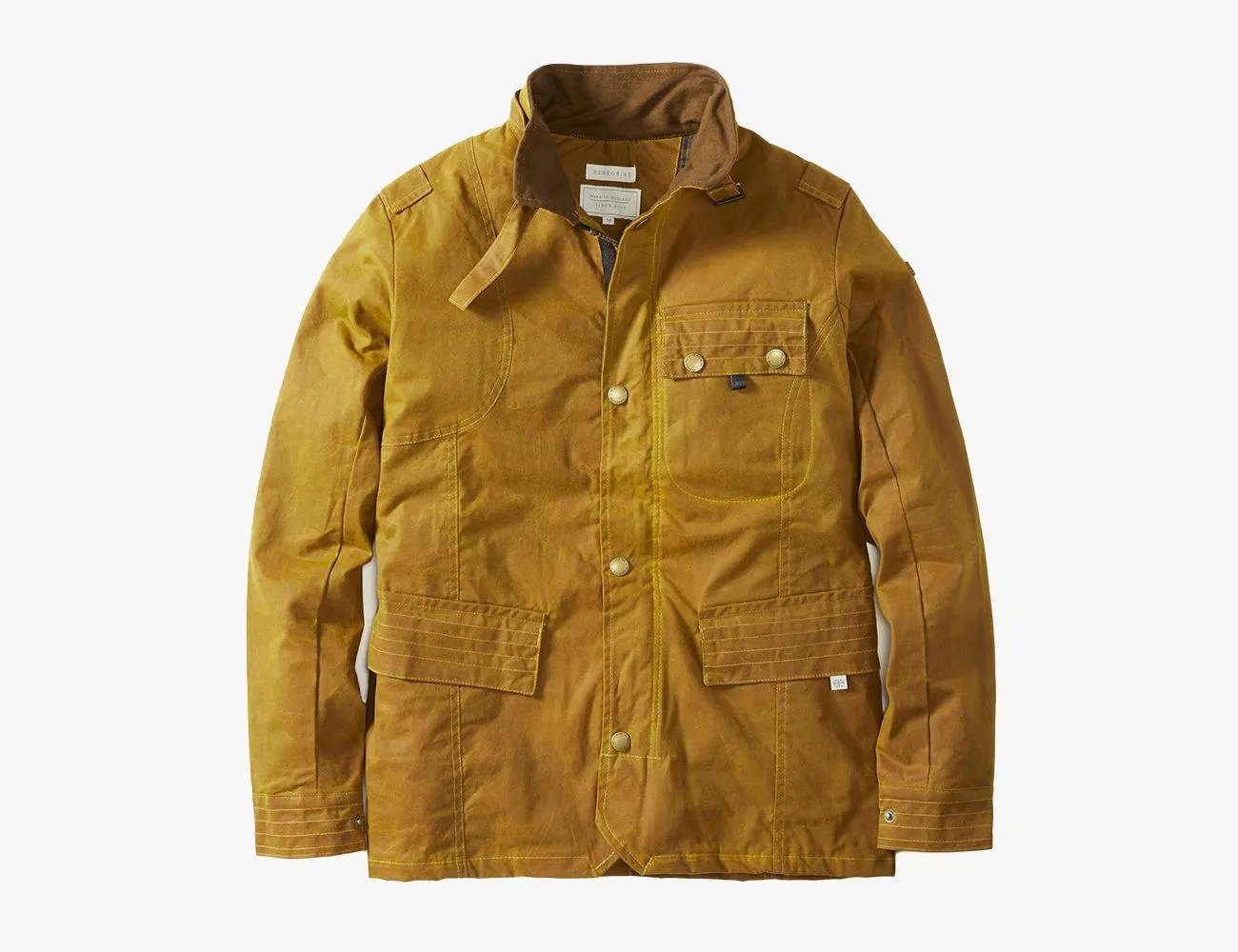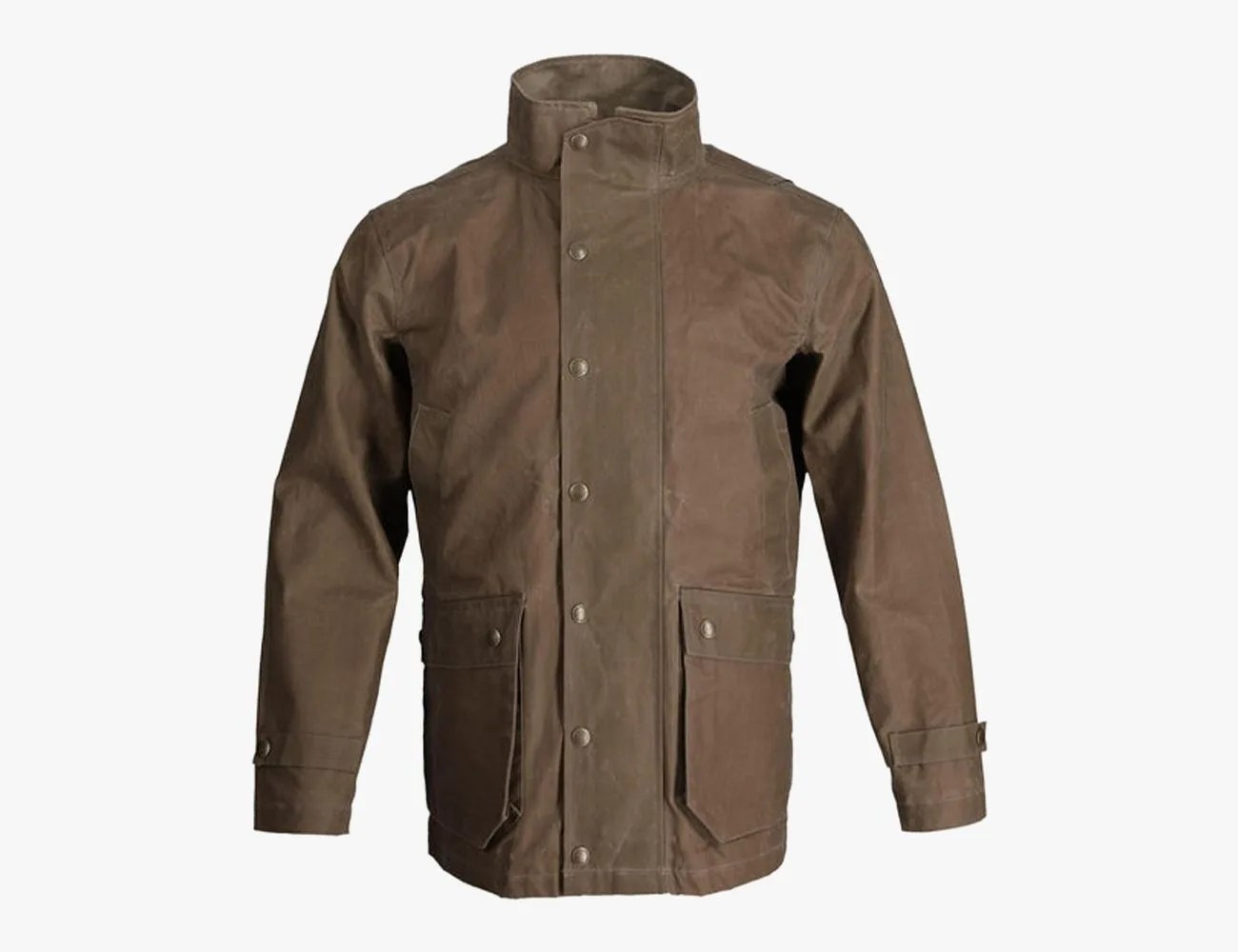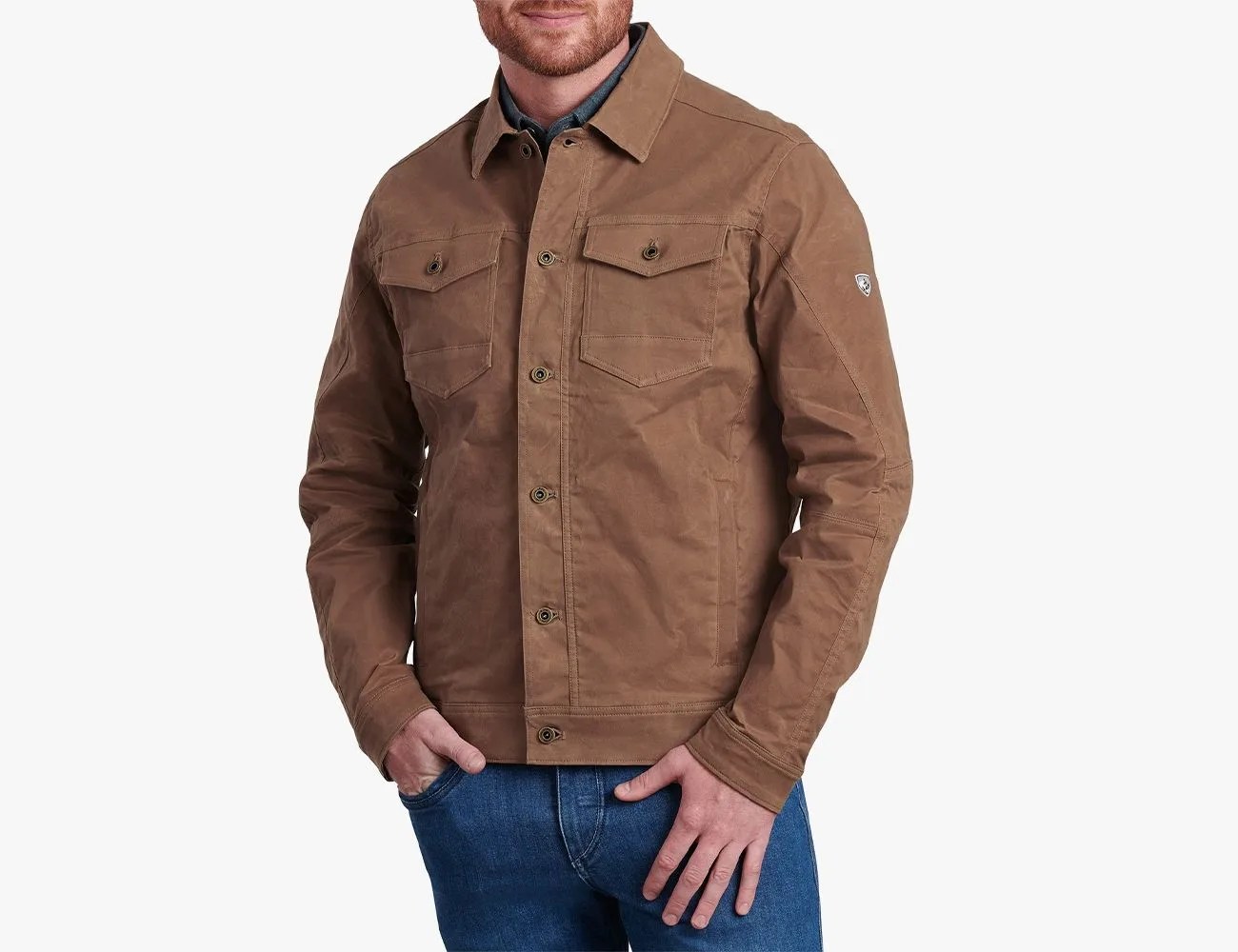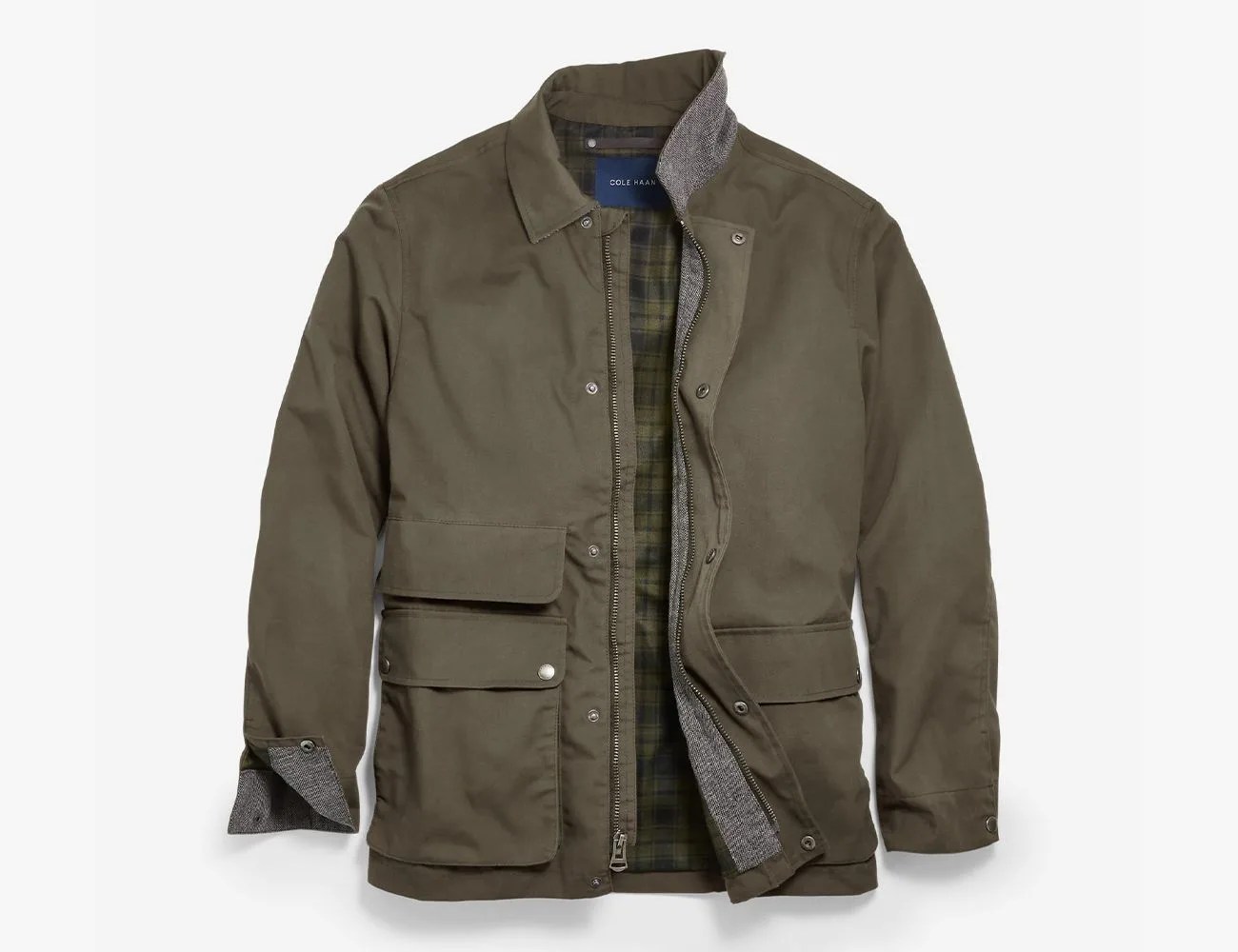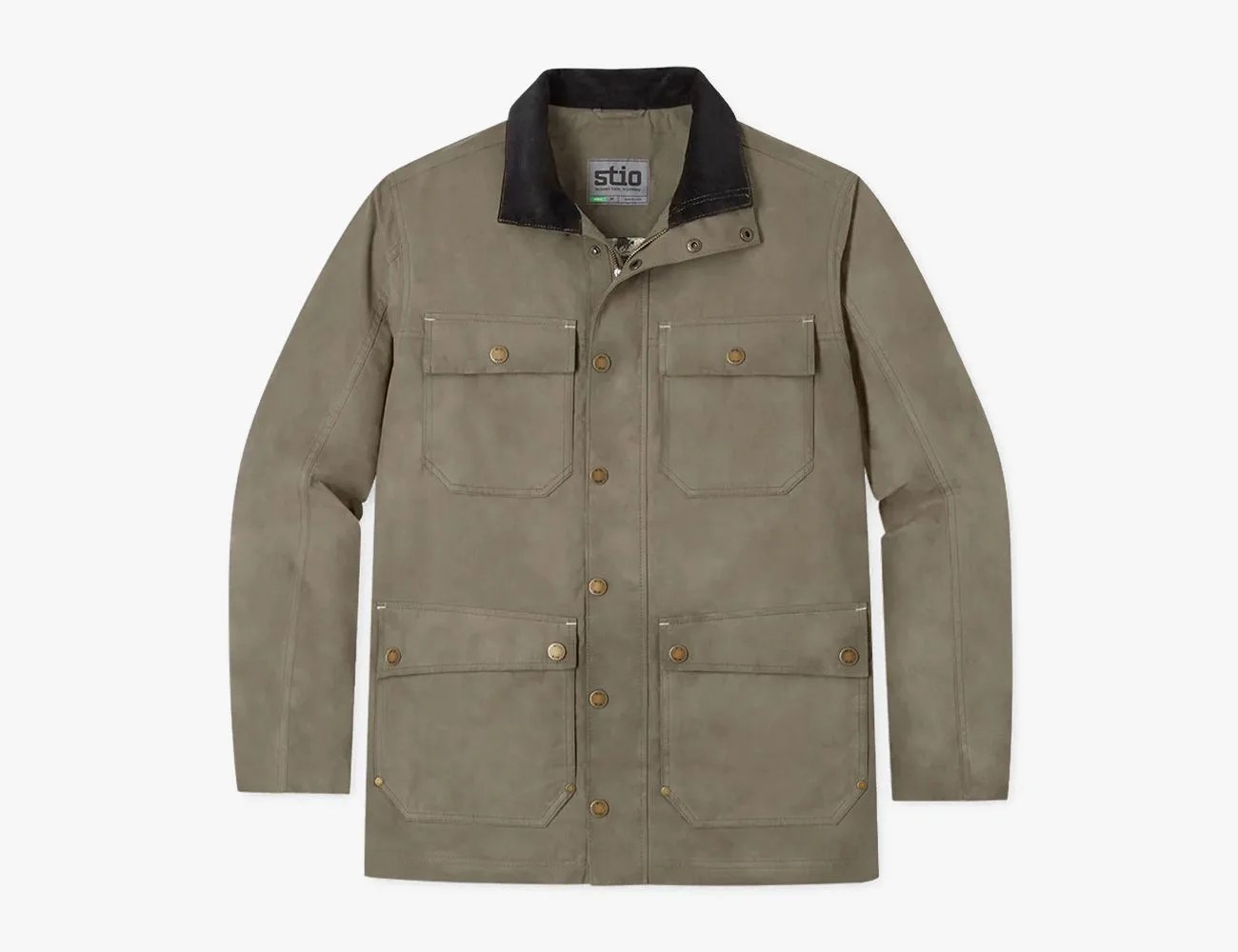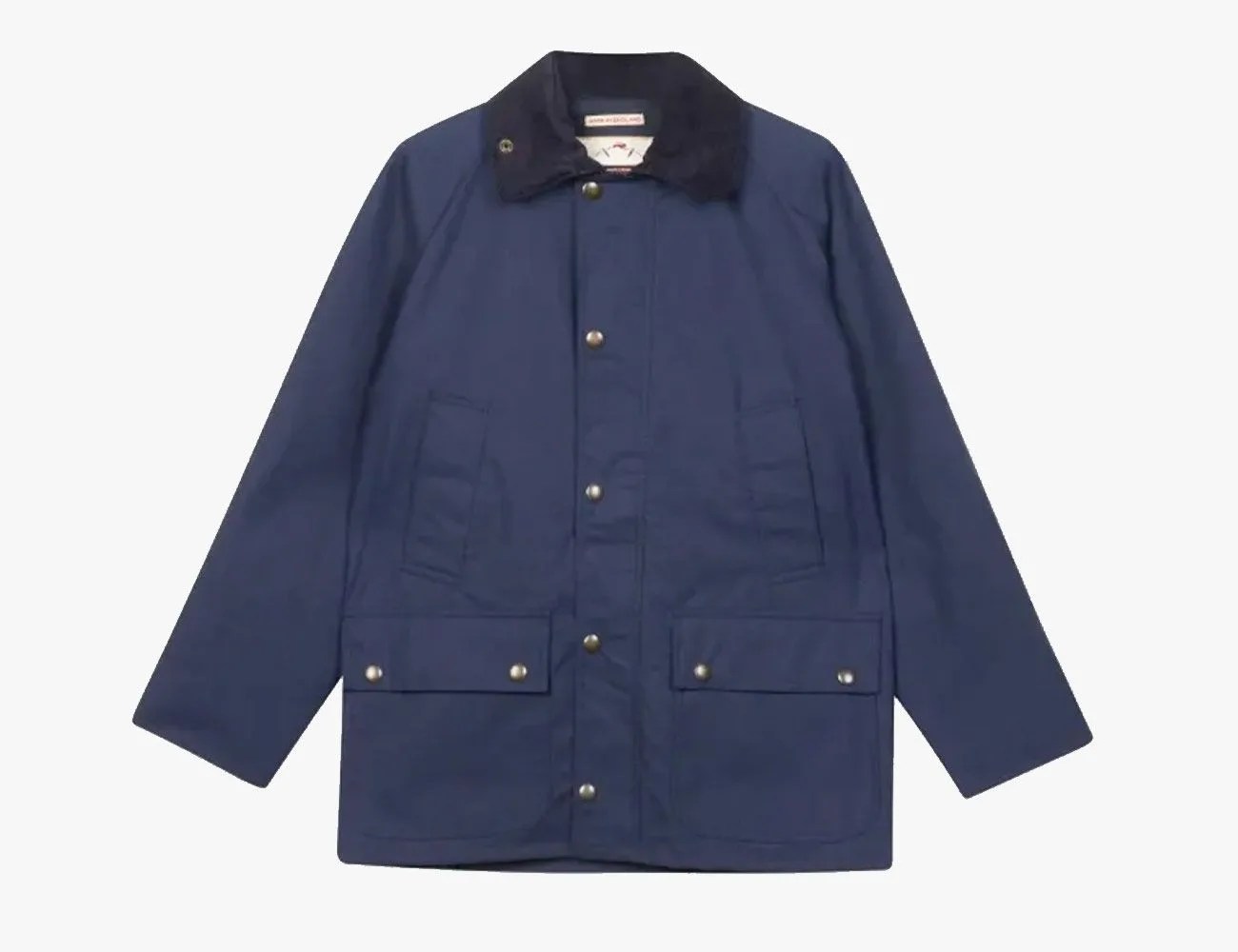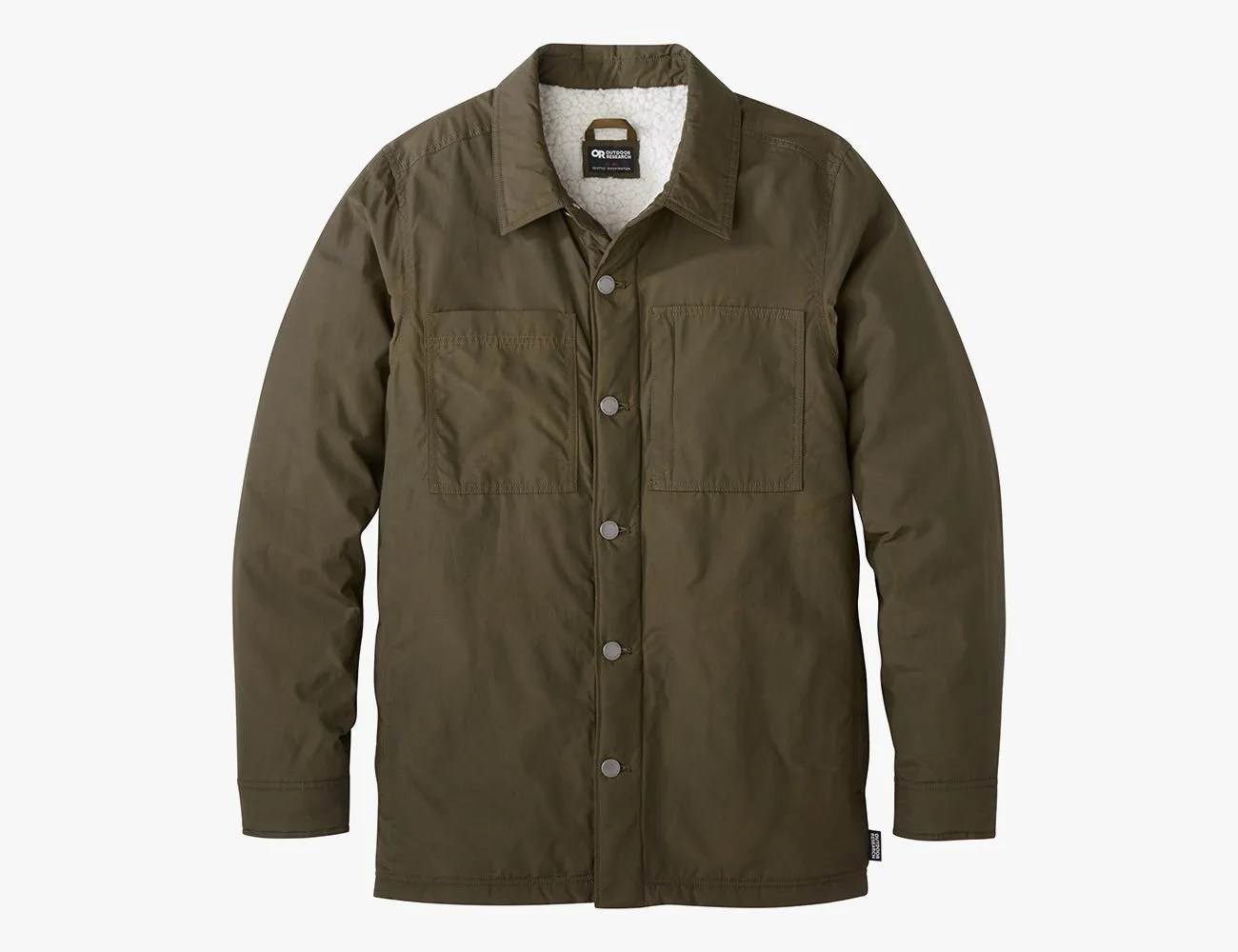Waxed canvas jackets are readily associated with rugged outdoorsmen and skilled tradesmen. It makes sense. The fabric used in modern-day versions of this style draws inspiration from hard-wearing jackets made by early sailors, who originally crafted jackets from oiled sailcloth. In the early 20th century, textile mills developed a process for finishing cotton with paraffin wax, creating fabric that was flexible, warm, durable and weatherproof.
Products in the Guide
-
Flint and Tinder Flannel-Lined Waxed Trucker Jacket
Best Overall Waxed Canvas Jacket
Read more -
Filson Tin Cloth Short Lined Cruiser Jacket
Best Upgrade Waxed Canvas Jacket
Read more -
Best Made Co. Barn Coat
Best Affordable Waxed Canvas Jacket
Read more -
Rogue Territory Supply Jacket
Best Stylish Waxed Canvas Jacket
Read more -
Freenote Cloth Riders Jacket
Best Western Waxed Canvas Jacket
Read more -
Flint and Tinder Bighorn Waxed Jacket
Best Lightweight Waxed Canvas Jacket
Read more -
Taylor Stitch Pathfinder Jacket
Best Organic Cotton Waxed Canvas Jacket
Read more -
L.L. Bean Double L Waxed-Cotton Upland Coat
Best Machine Washable Waxed Canvas Jacket
Read more -
Barbour Ashby Wax Jacket
Best Classic Waxed Canvas Jacket
Read more -
Peregrine Bexley Waxed Jacket
Best Vintage-Inspired Waxed Canvas Jacket
Read more -
Tom Beckbe Tensaw Waxed Canvas Jacket
Best Waxed Canvas Jacket for the Field
Read more -
Kuhl Outlaw Waxed Jacket
Best Everyday Waxed Canvas Jacket
Read more -
Cole Haan Waxed Cotton Rain Jacket
Best Waxed Canvas Shirt Jacket
Read more -
Stio Turnbolt Waxed Canvas Jacket
Best Workwear Waxed Canvas Jacket
Read more -
Burrows & Hare Trinity Wax Jacket
Best Waxed Canvas Jacket for Rain
Read more -
Outdoor Research Lined Chore Jacket
Best Sherpa-Lined Waxed Jacket
Read more
What Is Waxed Canvas?
Though many brands have adopted lightweight waterproofing technologies like Gore-Tex, countless companies still produce hard-wearing waxed canvas outerwear. It’s tough, water-resistant and has gone largely unchanged over the past century. Although it’s occasionally been adapted to suit newer silhouettes, the trusty treatment still works well to this day, in spite of new, synthetic materials and membranes.
Because long before there were synthetic fabrics, before Gore-Tex and “weatherproof breathability,” there was thick cotton and a can of wax. Early sailors realized that wet sails caught the wind better than dry sails, but wet sails were too heavy and slowed the ships down.
The solution was rubbing oil into the sailcloths, making them more efficient and also water repellent, so they stayed light in the rain. The sailors started cutting jackets out of the oiled sailcloth for themselves, wearing early editions of the rain jacket, but these primitive designs, made with linseed oil, became stiff in the cold and faded in color.
